Mum grooming Sunflower while Aciano nurses.
by Claire Dill
Another farm sunrise
Aciano
Foxtail against the red barn. :)
Bertha, Betsey, and Billie Jo.
Kittens :)
On a hot day, the pigs sit in their food bowl...
Happenings on the farm, news, and food for thought!

Mum grooming Sunflower while Aciano nurses.
by Claire Dill



Another farm sunrise

Aciano

Foxtail against the red barn. :)

Bertha, Betsey, and Billie Jo.

Kittens :)

On a hot day, the pigs sit in their food bowl...

by Courtney Meyerhofer
One of the best things about milk is….cheese.
As the weather warms up, it’s the perfect time to make cool, creamy cheese that you can eat with anything.
Anyone with a pot, some milk, and vinegar or cultures can make their own soft cheese.
Unlike hard cheese like cheddar and gouda, soft cheese is ready straight away without any drying or aging.
Cottage cheese. Cream cheese. Fromage blanc. Mascarpone.
All of these are soft cheeses that are delicious on eggs, on pizza, with fruit, or spread on toast.
Soft cheese is simple and decidedly un-fussy. Here are some tips for success.
Don’t Skip the Warm-Up
Warming up the milk before adding cultures sets you up for cheesemaking success because a little heat makes the good bacteria thrive.
Set a timer
Cheese has to follow a timeline, and it’s different for each culture and cheese type. Make sure to plan ahead so you can strain the cheese after the specified time.
Good cheese cannot be rushed!
Get the Cultures
Cottage cheese is easily made with just milk and vinegar, but anything else requires the assistance of helpful, friendly bacteria to culture.
Tried and true Cheese Cultures:
New England Cheesemaking Company – I like the soft cheese sample pack
If you want to try homemade cheese without the cultures, try our fool-proof 2-ingredient cottage cheese recipe.
If you’re ready for local, grass fed raw A2 milk, we’ve got you covered.
Check out the details of our Raw Milk co-op.

Hoof trimming with JJ. Mark Mourton is the best trimmer, quick, careful, fun to work with and absolutely amazing with the cows. He's firm and fast and takes no nonsense, but he's also thoughtful and kind and doesn't mind when the cows are confused or grumpy or don't cooperate at first. If you need a trimmer, I highly recommend him!!!
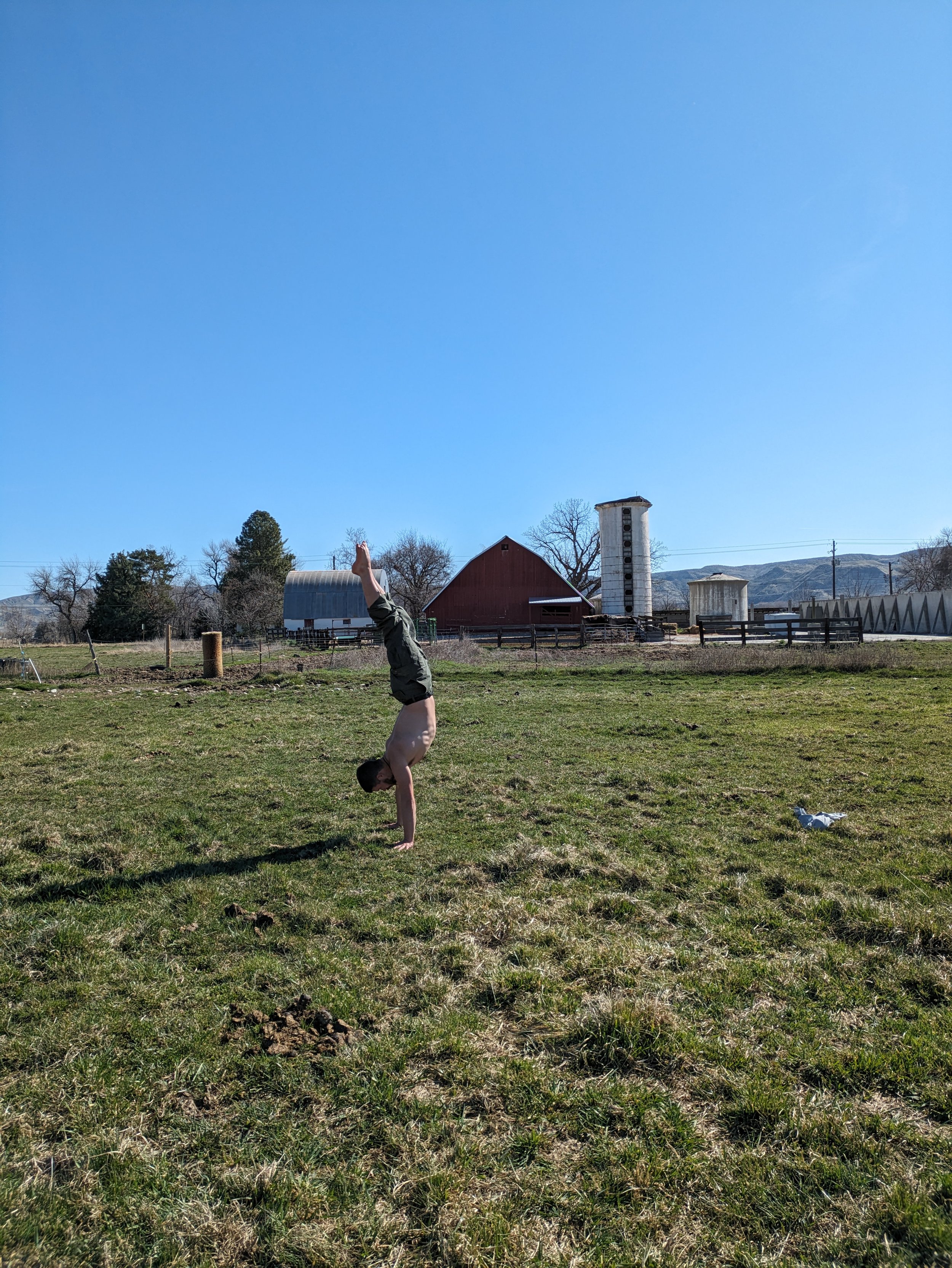
JJ doing handstands in the spring warmth.

JJ and Dad going to get beef out of the big freezer... JJ in coat and hat and bare feet... :)
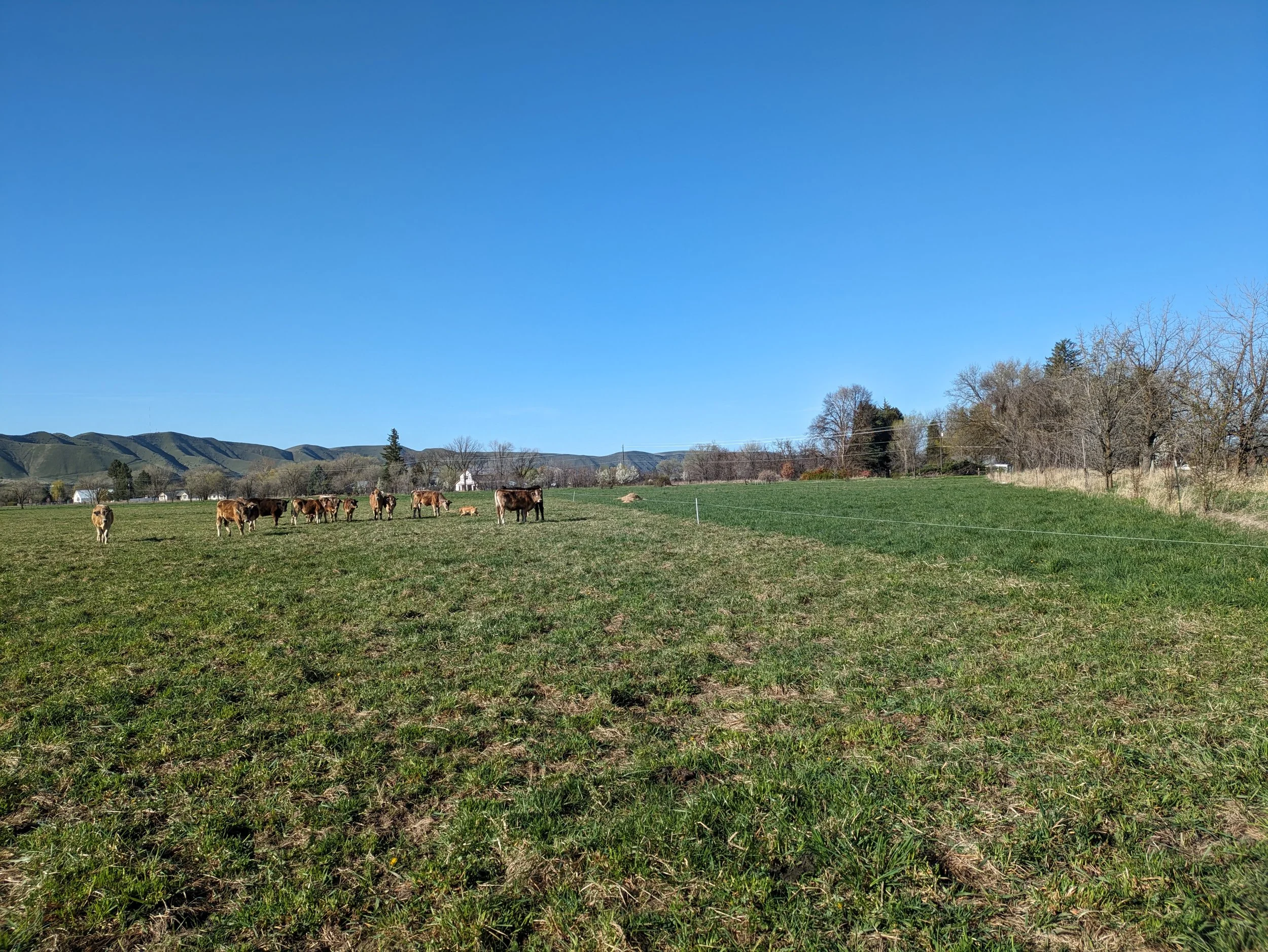
We use temporary fences in the paddocks to give the cows fresh grass every day. Here's the line of where they ate up to the fence, and I'm about to take the temporary fence out for this day's feeding.
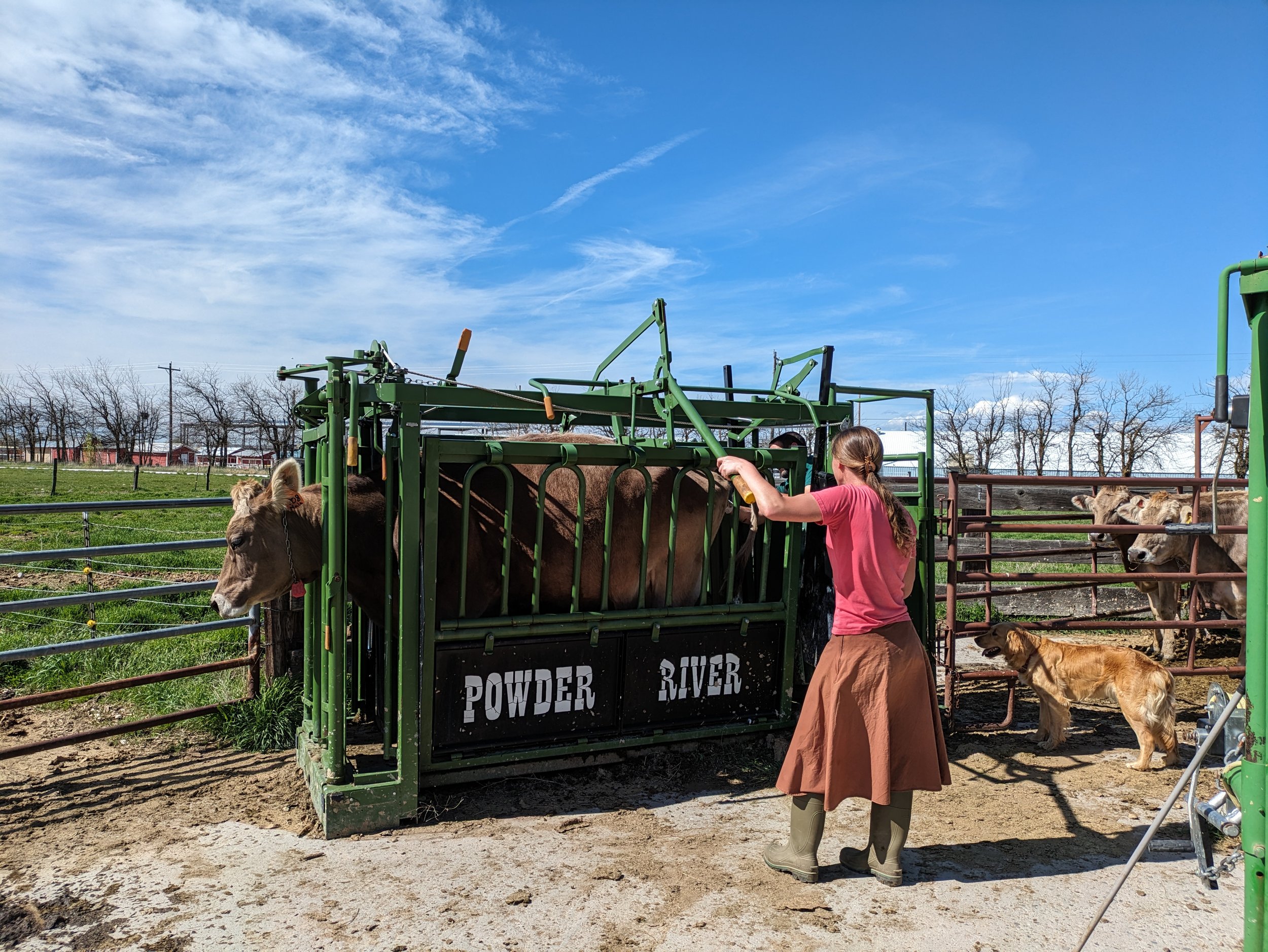
Dorothy and Lia helping me with Vet Peter.

Fueling the tractor with Sean.

Aaron on the big tractor, heading out to harrow the fields.

Luthien kneeling to graze under the wire. It's really handy when the cows mow the fencelines for me, to keep the grass off of the wires!
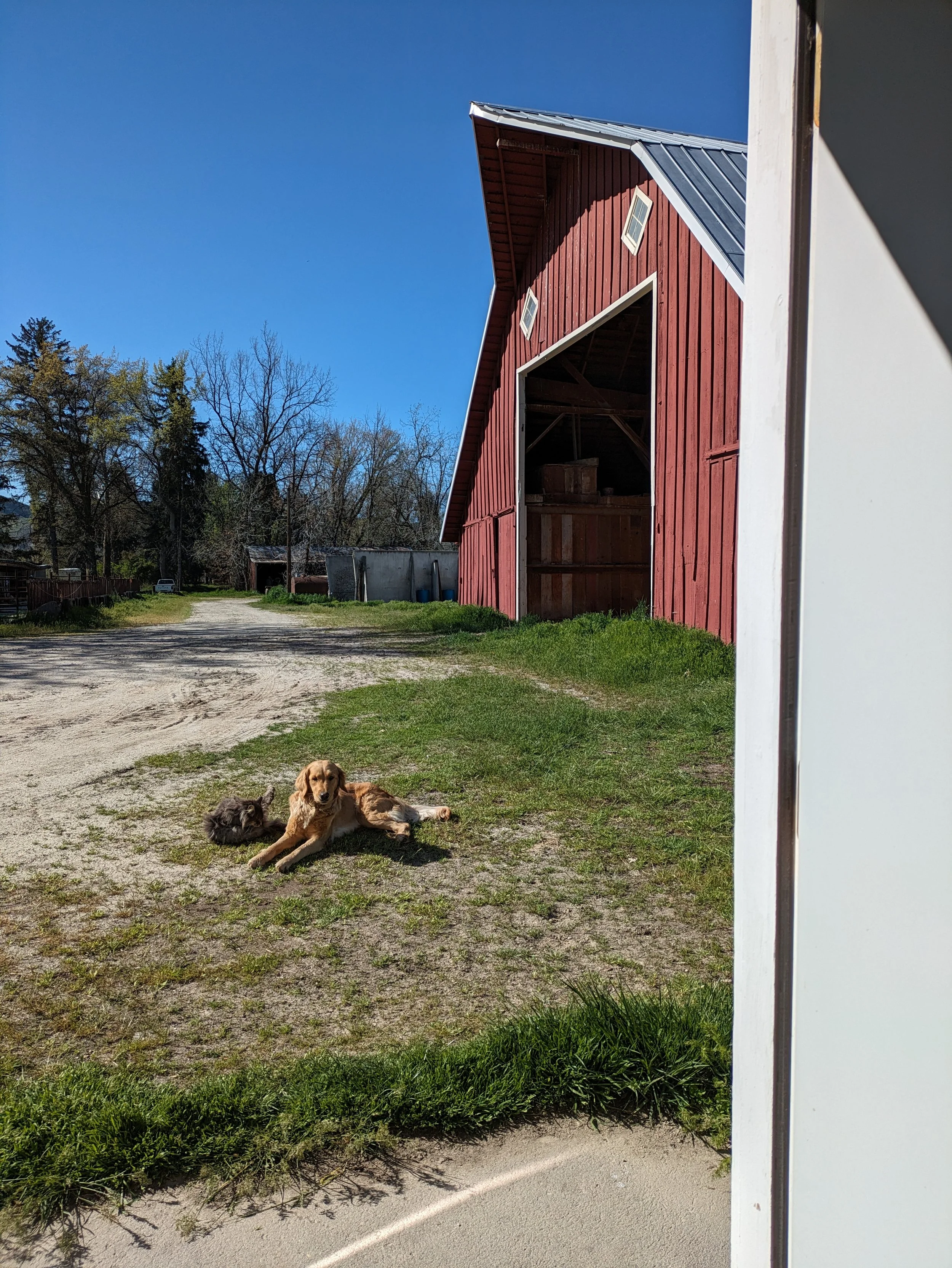
Lia and Blue waiting for me to finish in the milk barn.

Nap time for 6 months old Nick Saint, using Huckleberry as a pillow.

First baby of the year. Aciano from Clover.

Nala... One of our nicest milk cows.

Blue babysitting, and Lia very excited to play but trying to be calm and not bowl the baby over with her enthusiasm.
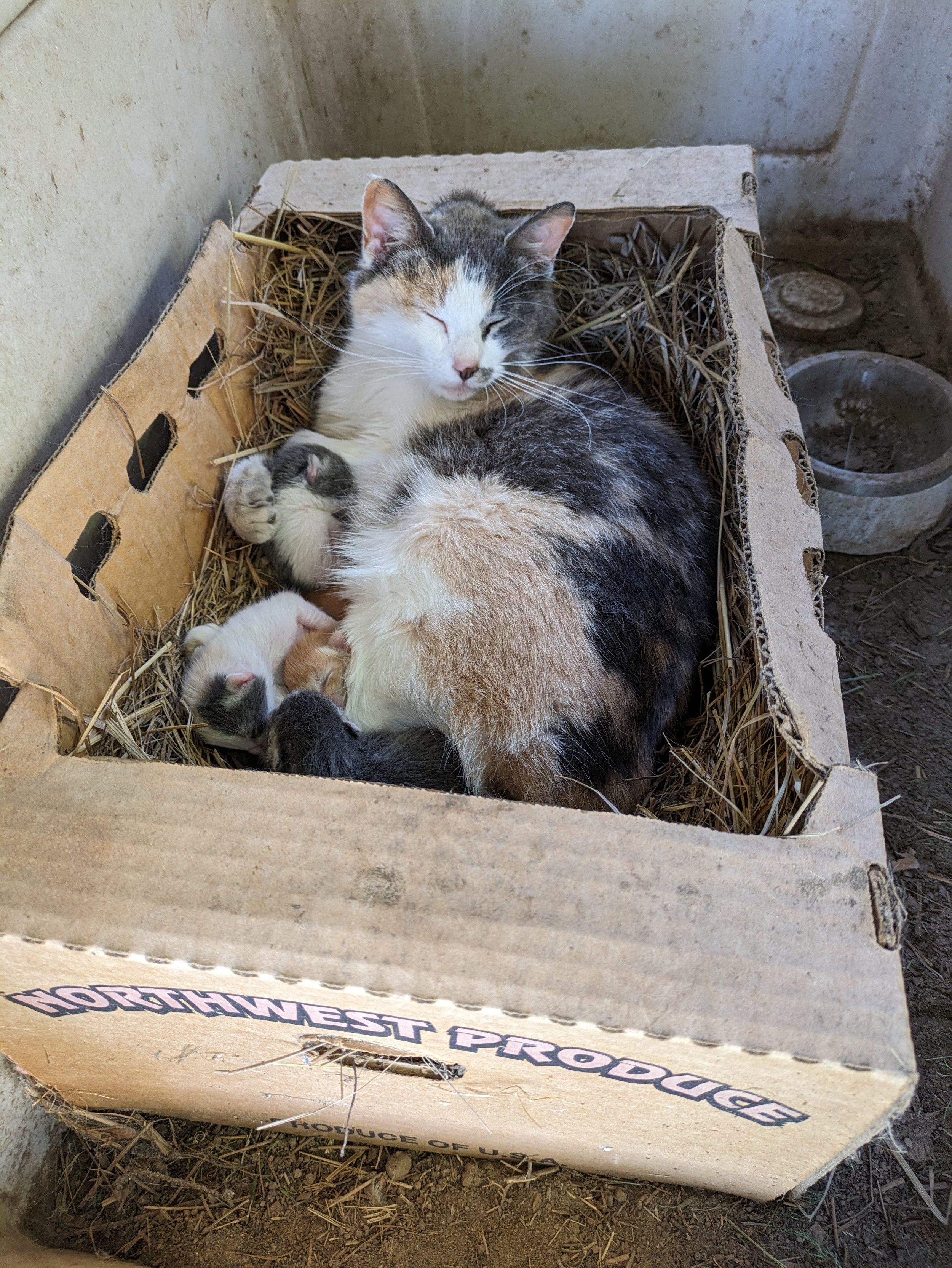
My Julie cat is very happy with four kittens.
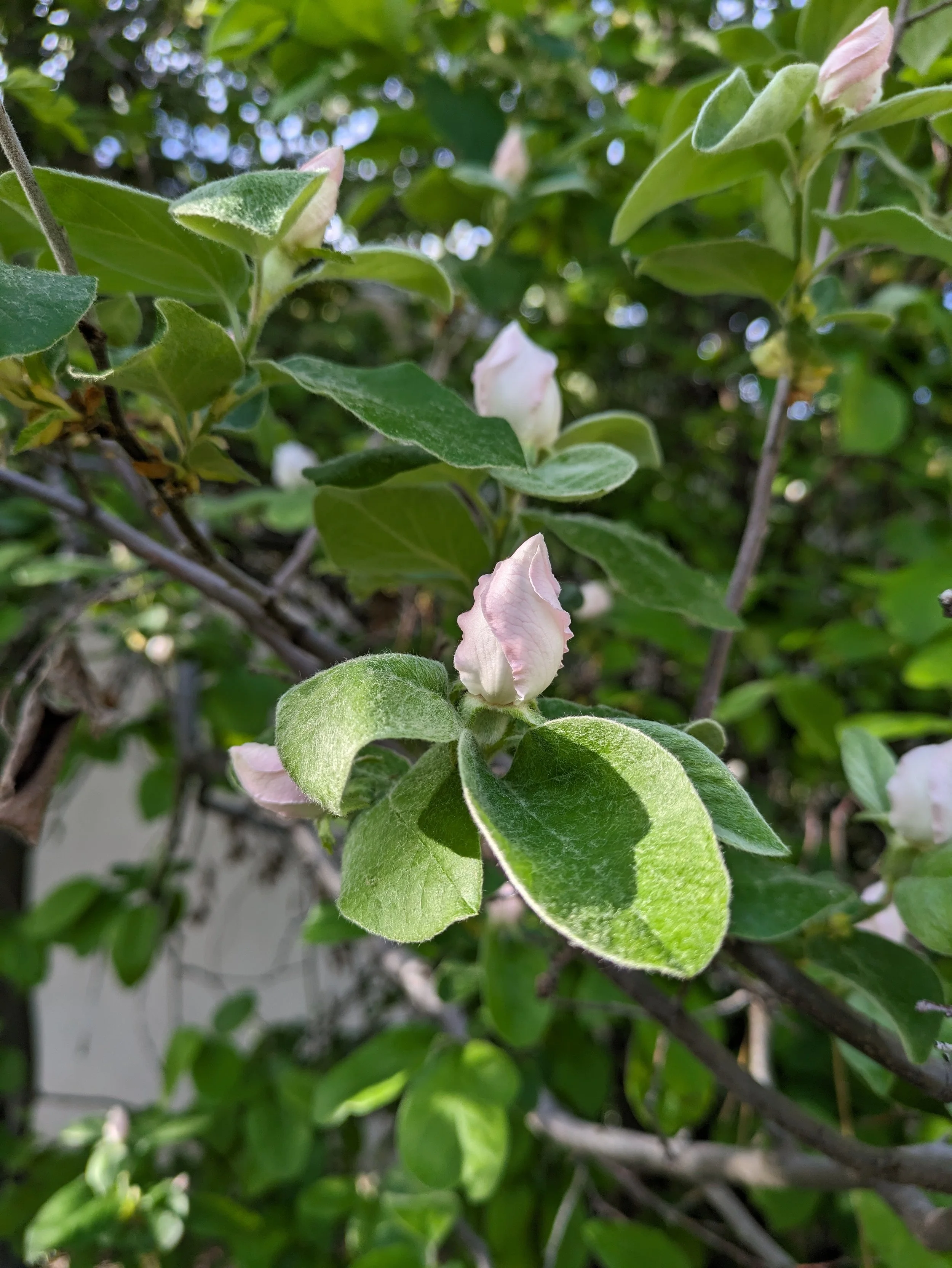
Quince tree in bloom.

from Joseph Mercola, MD
from mercola.com
Synthetic dairy products, including milk made from genetically engineered yeast, are being touted as environmentally friendly health foods that should replace real milk from cows and other animals
Along with missing important micronutrients that are abundant in real milk, fake milk contains compounds that have never before existed in the human diet
Ninety-two mysterious, unknown compounds were detected in the fake milk that don’t exist in real milk
None of these compounds have been tested for safety by the U.S. Food and Drug Administration
Tech oligarchs and venture capitalists are funding most fake food technologies, which gives globalists unprecedented power and control over human health
Synthetic dairy products, including milk made from genetically engineered yeast, are being touted as environmentally friendly health foods that should replace real milk from cows and other animals. But this deceptive green-washing is putting human health at risk, according to Dr. John Fagan, a molecular biologist who worked with the U.S.National Institutes of Health for 8.5 years.
Fagan is cofounder and chief scientist at the Health Research Institute (HRI). He spoke with Errol Schweizer for an episode of his podcast, "The Checkout," detailing concerning new findings about "animal-free" dairy. Along with missing important micronutrients that are abundant in real milk, fake milk — which Fagan and others refer to as a "synbio milk-like product" — contains compounds that have never before existed in the human diet.
"It’s really strikingly different. It just shows that this is not like milk. You can’t say that this is nutritionally like milk in any way," Fagan says.
At Fagan’s HRI, they use "cutting-edge mass spectrometric and molecular genetic approaches to make the invisible visible."
This full-spectrum analysis is capable of revealing so-called "nutritional dark matter," even in foods as mundane as wheat. The fact is, an estimated 85% of the nutritional components in common foods remain unquantified. The health implications of most compounds also remain largely unknown.
New Scientist notes:
"This is also true of individual micronutrients. ‘Consider beta-carotene,’ says[Albert-László Barabási at Harvard Medical School, who coined the term nutritional dark matter] … ‘It tends to be positively associated with heart disease, according to epidemiological studies, but studies adding beta-carotene to the diet do not show health benefits.
One potential reason is that beta-carotene never comes alone in plants; about400 molecules are always present with it. So epidemiology may be detecting the health implications of some other molecule.’ Another probable cause is the effect of the microbiome on dark nutrients, says [FooDB founder David] Wishart.‘Most dark nutrients are chemically transformed by your gut bacteria.
That’s probably why studies on the benefits of different foods give relatively ambiguous results. We don’t properly control for the variation in gut microflora,or our innate metabolism, which means different people get different doses of metabolites from their food.’"
We know even less about the constituents of processed foods and synthetic foods that ignorantly claim to be "equivalents" to whole foods, such as "animal-free meats" or"animal-free milk."
At HRI, Fagan and colleagues are using their full-spectrum analysis for a new category in the food industry — synbio milk-like product. For a bit of backstory, in 1994 Fagan returned close to $614,000 in grant money — and withdrew a request for an additional $1.25 million — to protest genetic engineering and the release of GMOs into the environment.
At the time, he said, "The benefi ts of genetic engineering have been oversold, and thedangers have been underrepresented."
His efforts to advocate for food purity andsafety, nutrition and food security have continued via HRI.
As Fagan explains to Schweizer, one form of synthetic biology involves bacteria, yeast or fungus cells genetically engineered to produce another compound, in this case cow milk proteins. The idea is once you have milk proteins, you can make something from that that supposedly is milk, he says. But Fagan and colleagues used a mass spectrometerto chart the differences in composition between synbio milk-like products, biodynamic milk and organic milk.
While important micronutrients exist in organic and biodynamic milk, they’re missing, or very low in, synbio milk. Further, mysterious, unknown compounds were detected in the fake milk that don’t exist in real milk. Fagan says:
"These are small compounds, and they include things like … fungicide and other really weird compounds ... These are huge amounts of these compounds that are present in synbio milk and not present in real milk. Literally, I counted andthere are 92 different compounds.
Most of them are so uncommon that we don’t even have names for them. And so we can say with good confi dence that these compounds have never been part of the human food supply before, and yet they are the predominant small molecules in synbio milk."
None of these compounds have been tested for safety by the U.S. Food and Drug Administration.
"This product has been put on the market without any safety testing,and your FDA — the FDA that you are paying taxes to watch and make sure your food is safe — looked the other way," Fagan says.
The proteins in synbio milk are also different from proteins in real milk. "Most of the protein that they’re putting into this synbio milk-like product is not milk proteins from cows, but it’s fungus and yeast proteins … we don’t know which, because that’s one of their trade secrets."
In recent years, the idea that we can replace whole foods with synthetic, genetically engineered or lab-grown alternatives that are wholly equivalent to the original food hastaken root. In reality, that’s simply impossible.
How can scientists create equivalence when they don’t even know what 85% or more of the whole food they’re trying to replicate consists of? Common sense will tell you they can’t. It might look, smell and even taste similar, but the micronutrient composition will be entirely different and, as a result, the health effects will be incomparable as well.

In our culture, eating fake food and living a sedentary life indoors is just normal.
The holistic health movement has done good work to move us toward real food and exercise, but what’s often left out of the conversation is SUNLIGHT and the power of our indoor lighting environment.
On a personal note, my health has radically improved over the last year, with the main change I’ve made being getting adequate sunlight, changing my indoor environment, and grounding daily.
Here’s what you need to know:
Morning sunlight balances hormones, improves mood, and keeps the metabolism chugging.
Every cell in the body needs to know what time it is in order to perform optimally. The light entering our eyes provides that information via the suprachiasmatic nucleus, which has a direct connection to the eyes.
Your hormones, your mood, your gut bacteria, and your metabolism all must know what time it is, and sunlight tells your body this.
2. Light from the UVA rise (first 2 hours after sunrise) builds the solar callus, which makes vitamin D synthesis more efficient and reduces the need for sunscreen.
Now that it’s Spring, it’s time to build your solar callus. This is a mostly invisible callus on your skin that prevents you from burning in the Summer and helps you process and utilize UVB light to make vitamin D.
3. UVB in the afternoon is the foundation for full spectrum vitamin D.
After the sun reaches solar noon, there’s move UVB in the sunlight. Exposure to your full body at this time of day will help you make vitamin D.
4. Sunlight sets our circadian clock for sleep. Inadequate sunlight and too much blue light can be a root cause for many sleep disturbances.
Sleep disorders have become so common that there’s a boom in professional sleep coaches. The foundation of sleep is the circadian rhythm, the internal clock that runs every process of the body. To optimize your circadian rhythm, you must:
See morning sunlight in naked eyes
Spend 30 mins outside during the UVA rise (first two hours after sunrise)
Take frequent light breaks throughout the day (looking through a closed window doesn’t count)
Wear blue blockers after sunset and eliminate or reduce sources of blue light in your home
5. Sunlight restores the balance between the sympathetic and parasympathetic branches of the nervous system.
Sunlight is incredibly regulating to our nervous system. If we’re tired, Sunlight gives us energy and stimulation. If we’re in a state of fight-or-flight, the infrared frequencies from the Sun gives a calming, mood-stabilizing effect.
FURTHER RESOURCES
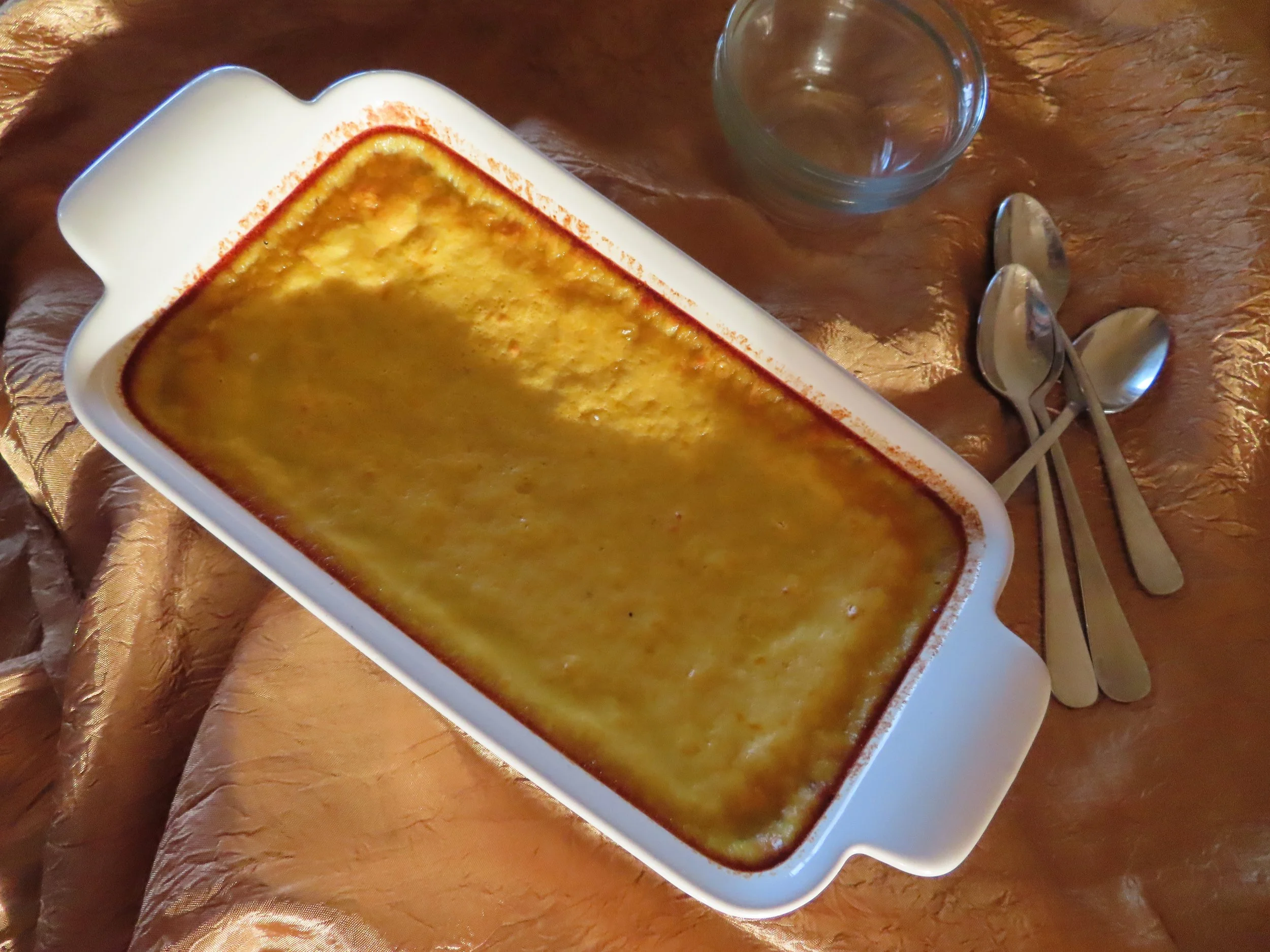
by Courtney Meyerhofer
I’m always looking for ways to eat a high protein breakfast.
This custard is delicious, high in protein, and I can put it in the oven right before I go to bed.
There’s nothing like waking up to breakfast already made.
Enjoy!
INGREDIENTS
4 cups Saint John’s raw organic milk
6 eggs
¼ cup honey, maple syrup, or sugar
Splash of vanilla
Pinch of salt
Optional: 2 scoops collagen or casein protein powder
METHOD
Preheat oven to 475.
Warm milk in a medium pot until steaming.
Whisk together eggs, maple syrup (or other sweetener), vanilla, and salt. Slowly whisk in milk once it’s steaming and optional protein powder.
Pour into a loaf pan or other baking dish.
Bake for 5 minutes.
Turn off the oven and leave the custard in the hot oven for 6-8 hours (or overnight).
SERVING SUGGESTIONS
Maple syrup
Honey
Berries
Cinnamon
Eggs and toast on the side
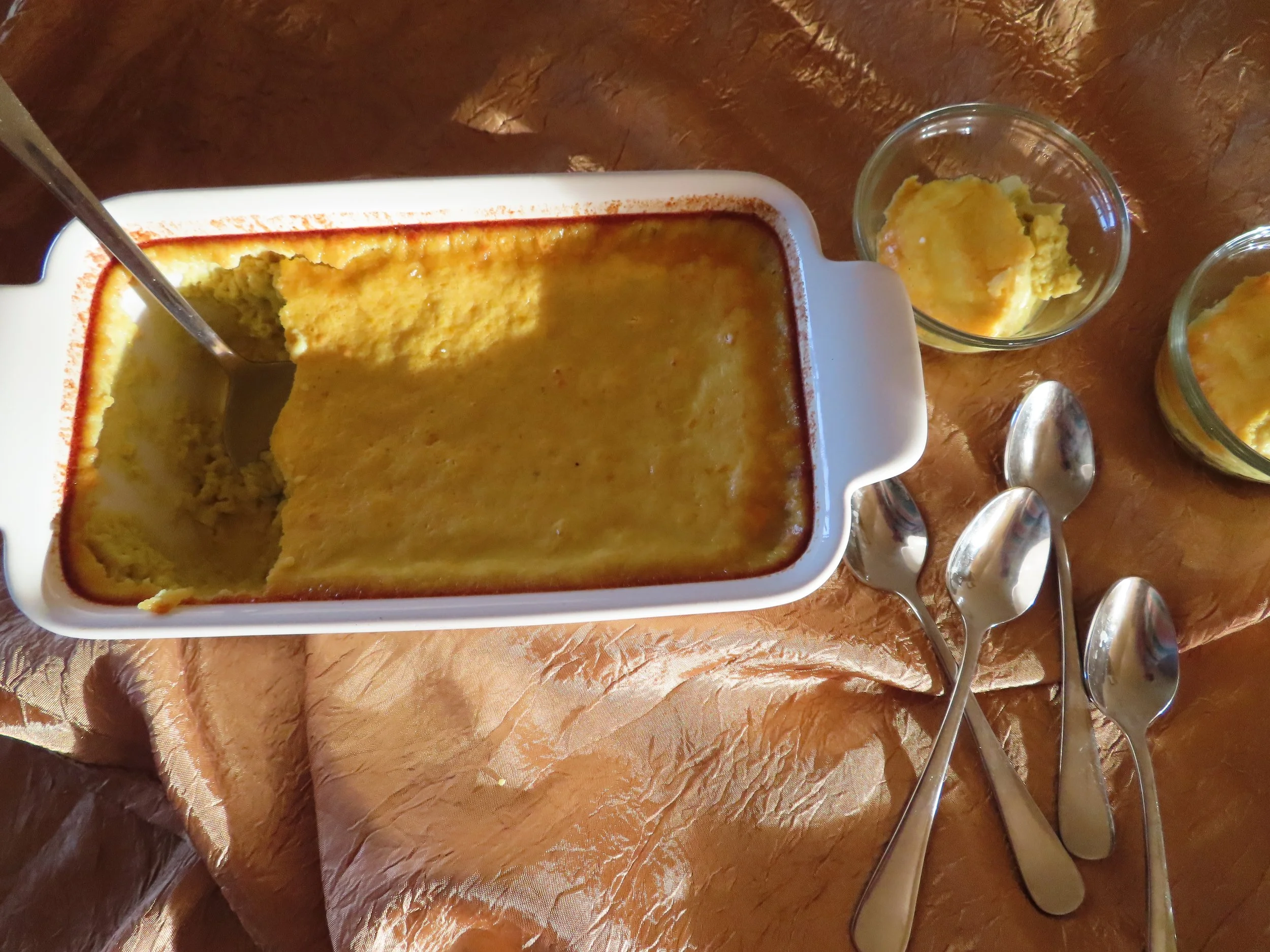
If you try this recipe, tag us on Facebook or Instagram!

by Courtney Meyerhofer
With Spring right around the corner, it’s time to plan the garden.
Here’s why we encourage you to choose local seeds for your garden this year.
Local seeds are from plants well-adapted to your local growing environment.
Seeds saved locally are uniquely prepared to meet our area’s growing conditions.

Plants naturally adapt to their environment, so seeds from local plants are already adapted for the local area’s climate: temperature, humidity, disease, pests, and soil types are all adapted for and this information is stored in the seed itself. (Life is amazing).
Buying local seeds also keeps our money local. This supports local seed saving work and supports local farms who use regenerative practices we can get behind.
Snake River Seeds are uniquely adapted to our region, the Intermountain West. They’re open-pollinated and untreated. We highly recommend them!
March is a wonderful time to order seeds and get started on your backyard garden.
When you get your seeds, take a picture and tag us on Facebook or Instagram. We can’t wait to see what you’re growing!

Aaron, Asher, and Samantha
by Claire Dill
Good morning!
Happy March! Claire here again.
February went pretty well, on the whole.

Heather, Asher, and Samantha
Aaron and Heather's daughter Samantha was born a week early, but happy, healthy and adorable. We're all pretty excited and they're settling in well.

My hens are laying beautifully, I'm collecting 10 to 14 eggs every day, so let us know if you are interested in purchasing fresh free range organically fed eggs!

Eggs!
JJ and I drew blood from all the cows to check for pregnancy so we can plan for the year with more information. While we were on that project, we found an infected ear spot on Morwen, so we doctored that with iodine. JJ likes to wear the waterproof yellow aprons for projects like this, because of the ease of washing it down with a hose and keeping most of his clothes clean and dry. Sometimes the aprons are also used in the milk barn, for the same reason. The cows get used to the yellow aprons pretty quickly, but at first sight, sometimes they think it's a monster going to eat them... ;)

The daffodils and crocuses are in bloom!


Dexter, the black and white barn cat is 10 years old this year and has a new friend! Blue was dumped at my parents house almost a year ago, skinny and extremely spooky, but my mum's cats didn't like him, so we caught him and moved him to my house. My cats accepted him fine and I've been working on gentling him for months, and he has finally gotten pretty friendly. In February, he followed me down to the barn, and he and Dexter decided they are now best buds. They eat out of the same milk bowl, and sleep close together, and seem pretty thrilled with the arrangement.


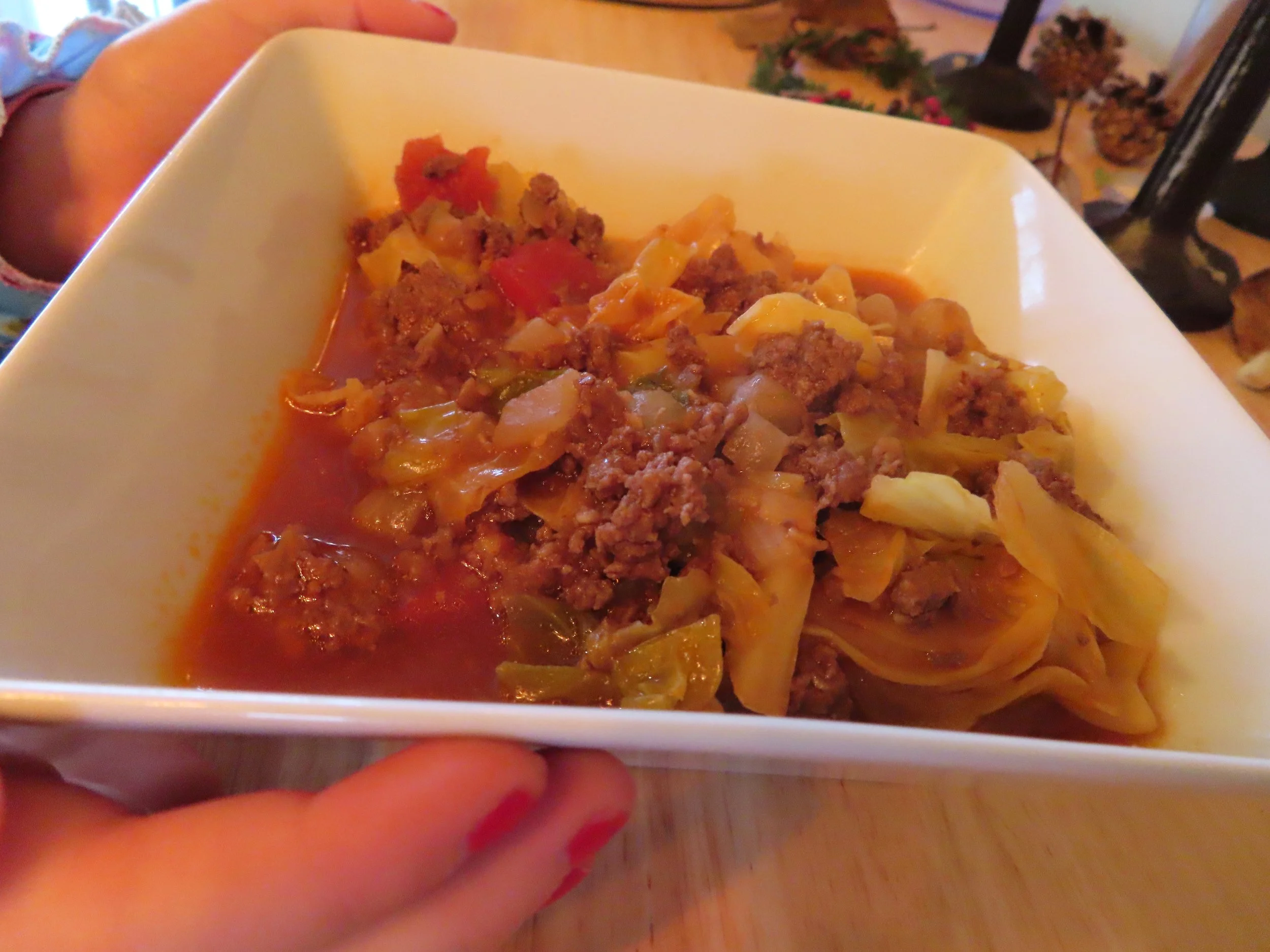
My kids gobbled this up.
by Courtney Meyerhofer
Winter is soup season in our household.
It’s seasonal. It’s warming. It’s comforting.
This cabbage roll soup is reminiscent of central European stuffed cabbage rolls, without all the hassle of actually stuffing leaves of cabbage.
INGREDIENTS
1 onion, diced
5 cloves garlic, minced
2 lbs Saint John’s organic grass fed ground beef
4 cups beef broth
14 oz can diced tomatoes
8 oz can tomato sauce
¼ cup soy sauce
3 tsp Worcestershire sauce
1 small cabbage, chopped
1 tsp salt
½ tsp black pepper
½ tsp parsley
METHOD
Turn Instant Pot on Saute mode. Add ground beef, onion, and a pinch of salt. Cook thoroughly and break meat up into small pieces using a wooden spoon.
Turn off Saute mode and add all remaining ingredients to the pot.
Cook on soup mode, low pressure for 15 minutes.
When finished, allow soup to release pressure for 10 minutes before switching the seal to “Venting”.
Serve warm!
SERVING SUGGESTIONS
Sourdough bread and butter
Sour cream
Red pepper flakes
Sauerkraut, for those of you that are cabbage lovers
If you try this recipe, let us know by tagging us on Facebook or Instagram!

Saint John’s cows grazing on organic pasture.
by Courtney Meyerhofer
We’ve all heard eating organic is healthier, but with rising food prices and widespread inflation, is the extra cost really worth it?
I generally think so, and here’s why.
Eating organic exposes you to fewer pesticides.
Because USDA certified organic isn’t sprayed with synthetic pesticides, organic food has fewer ways for you to be exposed.
2. Organic food has more nutrients and minerals.
Organic food is grown from healthier soil. This means that the plant has more access to nutrients, thus increasing the nutrition in the end product! There’s a lot of data showing that organic is higher in nutrients, lower in toxic load, and provides a measurable difference in human health.
3. Children who eat organic have fewer metabolic and liver disorders in adulthood.
Glyphosate exposure in early childhood is directly linked to liver and metabolic disorders in adulthood. We invest in the future generations when we feed kids organic.
4. Glyphosate is a public health hazard.
Glyphosate is one of the active ingredients in the herbicide RoundUp. Glyphosate is known to cause gut problems, mitochondrial damage, neuroinflammation, and oxidative stress. This may not seem like a huge issue, but the truth is that the mitochondrial and gut are the absolute foundations for energy in the body. When they are compromised, every other bodily process is, too.
5. Glyphosate drops 70% after six days on an organic diet.
This study showed that within six days of eating a 100% organic diet, participants saw 70% lower levels of glyphosate in their bodies. This is a significant change and shows the power of supporting our bodies with nutritious food. The body heals itself when well-supported.
6. Organic eaters have less inflammation.
Consuming foods with fewer nutrients and minerals, grown out of season, and sprayed with pesticides is hard on our bodies. Processing this through our guts causes inflammation that affects every other part of our health.
7. Eating organic lowers cancer risk.
Cancer is one of the top killers in our nation, and every generation has increasing cancer risk. Eating organic is shown to reduce cancer risk.